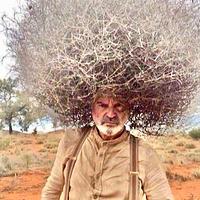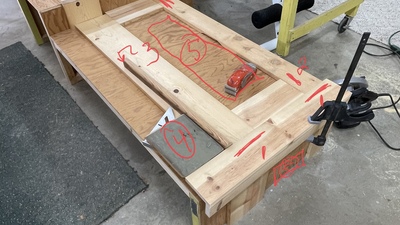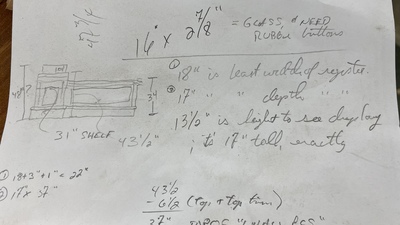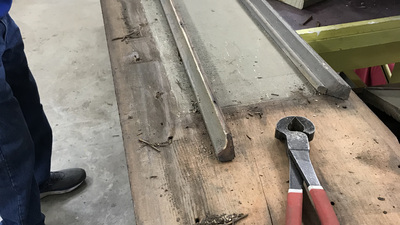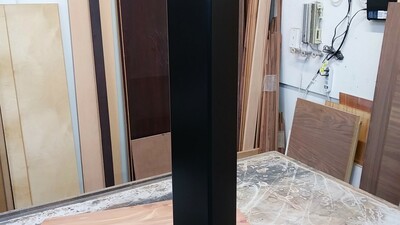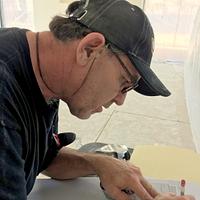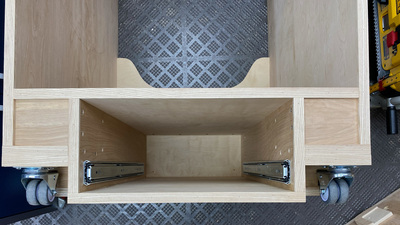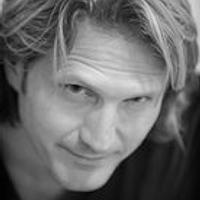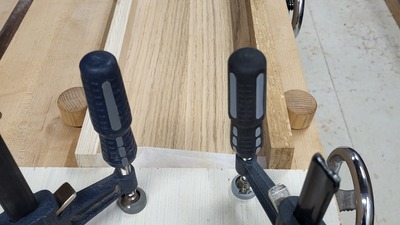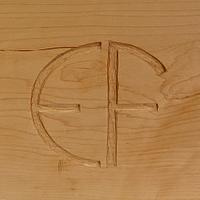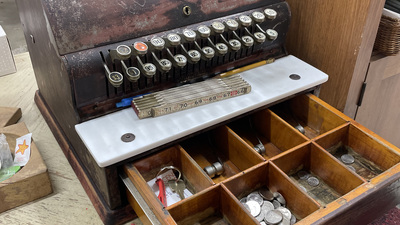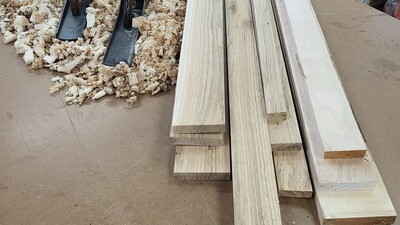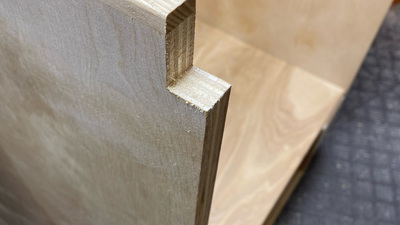Share your craft projects
Make new craft buddies
Ask craft questions
Blog your craft journey
Craftisian Blogs
view blog series
Well, I guess we know IT works. The plane has been around for over a century. The question was, could I make it work?
I haven't had any time to sp...
Cat-Bits Build #2: Frame the Panels
Cat-Bits Build #3: Final Solution
There are some things that LittleBlackDuck (aka LBD) puts on display that a...
A study of the inspiration piece tells me more than a few things about the layout of the recessed panels in this build. Specifically:
1) These rai...
Here’s what I’m after. And it’s the extent of a detailed plan.
[EF32DB5F-05BE-413F-8B91-0CF8E184804A.jpeg]
Here’s the inspiration piece.
[22DA481C...
So, a couple years ago I spend a considerable amount of time both rebuilding and blogging about an ancient store counter that was salvaged a couple...
Making a couple of Legs for an Island. The granite top will hang over for sitting.
I had to use water base paint...yuck.... The brass is from a s...
To wrap up this project, I decided to apply some ash on most of the exposed plywood edges.
[20230304-IMG_7701.jpg]
And of course, no good deed goe...
Moving along to the top and bottom, had to surface a edge join a couple of pieces, to glue up for the width I needed. Used the Moxon bench top with...
Yeah, so, on a whim I tracked down a cash register to use when having what is becoming semi-annual rummage / garage sales.
[69887634761__3454FA97-...
Sorry, I have totally biffed the format for making this a blog with all the links, etc. (I'm so ashamed)
Cat-Bits Build #1: Make some panels
Cat-B...
I wanted to make some hexagon boxes again, this time using thinner stock. Started out with some rough cut 4/4 Pecan and Maple about 8" wide and 8' ...
There were just a few things left to complete on the cart before I could get some finish on it.
Each top corner on the sides received a notch to a...








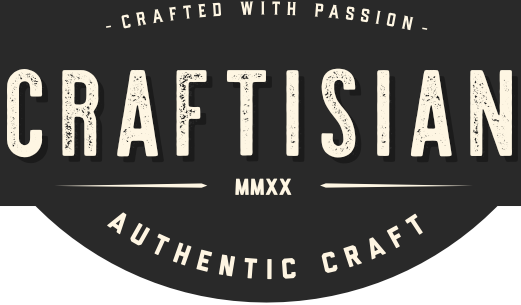

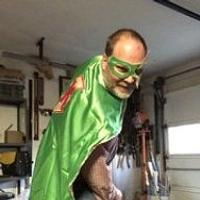
.png)
